intro
The Talos Principle was released in 2013 by the Croatian gaming house “Croteam”. It’s the first time I’ve played a strong game with an even stronger backstory, so I’m going to explore each separately.
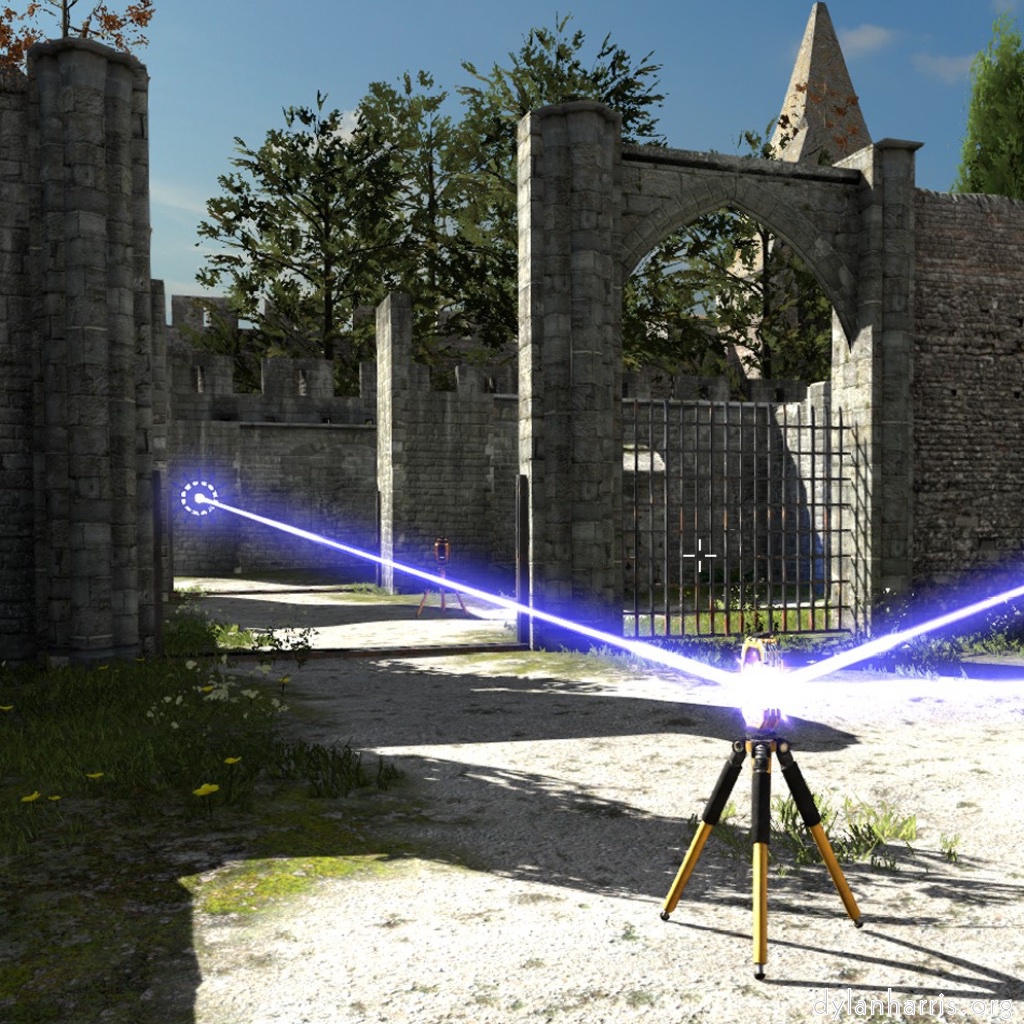
the game
The Talos Principle is a puzzle game. There are many small puzzles which are collected together in various levels which build up to a complete solution.
Each puzzle puts together a number of simple elements which allow you, when solved, to collect a Sigil. A Sigil is a block shape which you use later in the game to advance to another stage. In other words, to progress, you must solve the puzzles and collect Sigils.
You start the puzzle at the beginning of an area. Your goal is to get the Sigil. You open gates, avoid blockers and mines, assemble laser paths, jump about, and even make and replay recordings of yourself. If you do something stunningly daft and get yourself splatted, the puzzle is reset and you start solving it again.
The game also offers Star puzzles, which are a lot harder than those for Sigils, but which can open up alternative, more interesting, endings.
The game is a challenge, one I enjoyed. Understandably, the initial puzzles were lax, but it soon tightens into some rather devious teasers than took time and thought to solve. A couple of cases required me to sleep on the problem before I could solve it.
Those were the Sigils. I solved all of them myself (there are more than fifty), although admittedly twice I took advantage of online hints to push my thoughts in the correct direction.
The Star puzzles are more difficult still. I only solved a few of them unaided. In fact, they are mostly solvable, with time, inspiration and luck. One or two, I suspect, require exceptional luck. Unfortunately, because I became intrigued by the back story, I bypassed these bastard challenges using suggestions found by my dubious friend, Mr. Google.
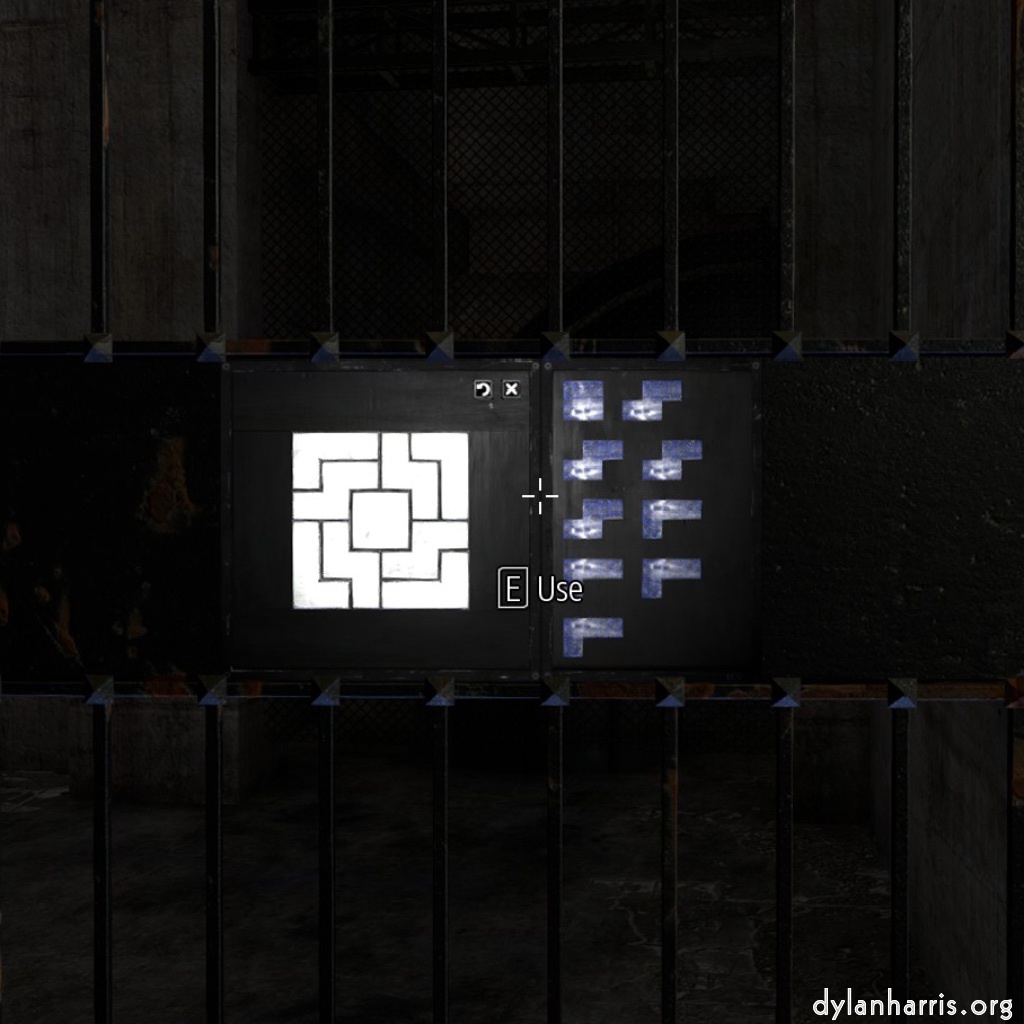
The game has three endings; to achieve ever lasting life (this is cake), to transcend to sad reality, and to become a messenger. The former is the easiest. The last is by far the most difficult; it requires you to solve absolutely every puzzle.
Fortunately, you do not need to solve everything to be able to explore the most interesting ending, the one which rounds off the backstory, the transcend. I strongly recommend those playing the Talos Principle to aim for this experience.
The transcend does have one weakness. It offers additional levels of game play, literally. The problem is that, like many games, the rules and the gameplay established in earlier stages are changed, and the change is not immediately obvious. That in itself is not a problem. The problem is that a timeout is introduced, so you are expected to solve the puzzle with new rules you don’t know about with a sharp time limit applied. I have always considered this kind of thing poor practice. Having said that, the changes to the gameplay here are relatively minor: many games are far worse.
Although reset and restart are integrated into the game, I always feel negatively about them. When I first learnt to play games, it was impossible to reset and restart a game without annoying the other people. “Oh dear, I did not mean to land on Mayfair, I shall make that throw again.” “Oh, you have landed on Mayfair; I’m going to replay my last move to put the hotel there.” I dislike being forced to cheat. Well, to be accurate, I’m antisocial enough to not mind cheating when I’ve weighed things up and decided on balance to do so and take the consequences, but I detest being forced to do so.
Still, this issue is not a major black mark against the game. And getting past the silliness means you get to the transcend. The real reward is the completion of the backstory.
The music adapts to the context of the game. I found the medieval theme particularly striking. Furthermore, throughout the game, you should listen carefully because it provides hints that you’re on track with the puzzle. Beyond that, though, I’m not so sure. It works, it does what it should do, but I wouldn’t go to bed with it.
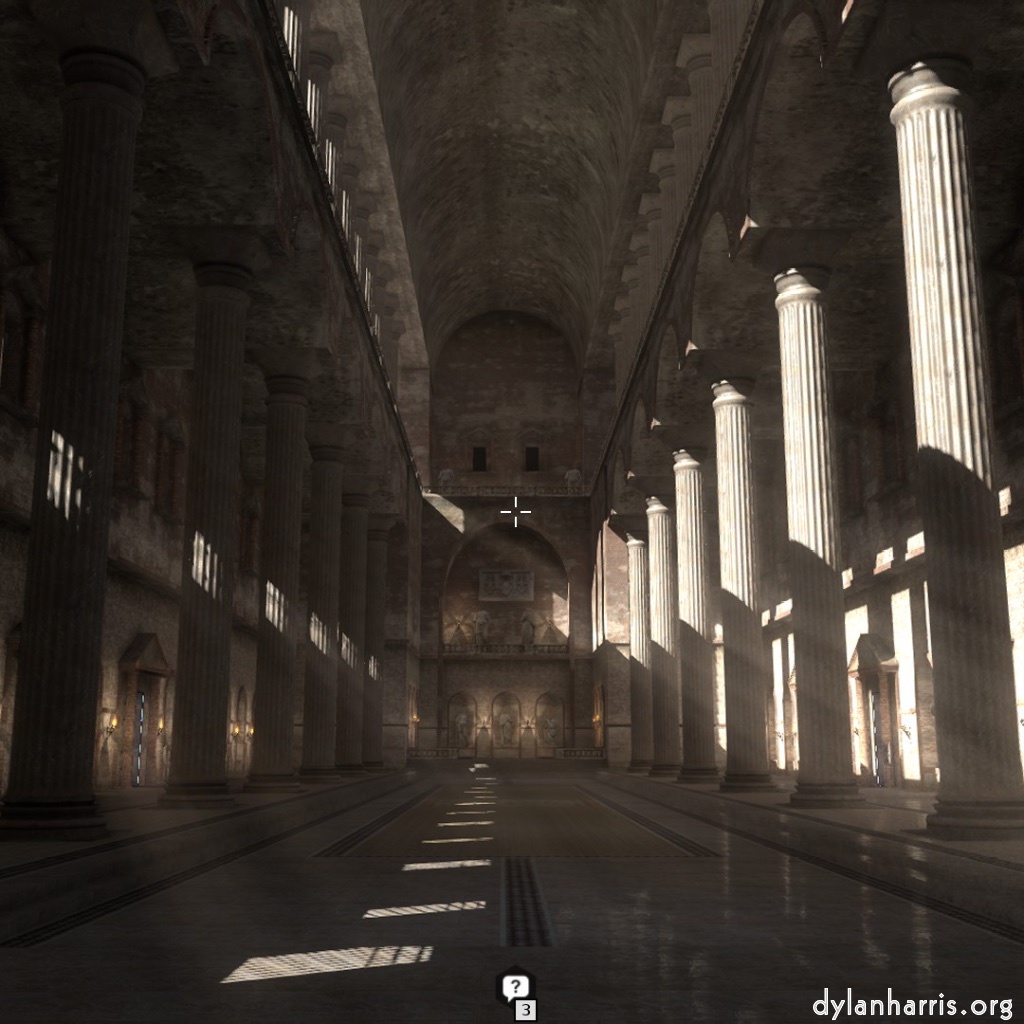
intermission
Ok, go play the game. I want to talk about the backstory, but it’s best experienced before discussed, IMHO.
the backstory
Warning: this is spoiler territory.
You are a robot. You wake up in a Roman ruin, guided by an authoritative, God–like voice. You see puzzles and you solve them. This is not exactly spoiler territory.
The three remaining territories are Egyptian, medieval, and towering postmodern. Each is full of ruins with a religious theme. You see puzzles and you solve them. This is also not exactly spoiler territory.
You know, these settings are actually quite well done. They don’t play a role in the game directly, beyond being somewhere to put stuff, but they do give each place its own atmosphere. The special scenes, such as the messenger valley, can be gently gorgeous. I’d love to visit somewhere like that, although I’m very confident they can’t exist. It wasn’t all perfect: the final scenes in the transcend sequence were a bit of a let down. They were set in the sky, and there was nothing interesting to see. I presume it was inspired by the television company.
As you wander the puzzles, you find you’re not the first robot around. You encounter messages from others, sharing opinions on the puzzles, on the context, and on the sanity of the world’s supposéd God. This is not exactly spoiler territory.
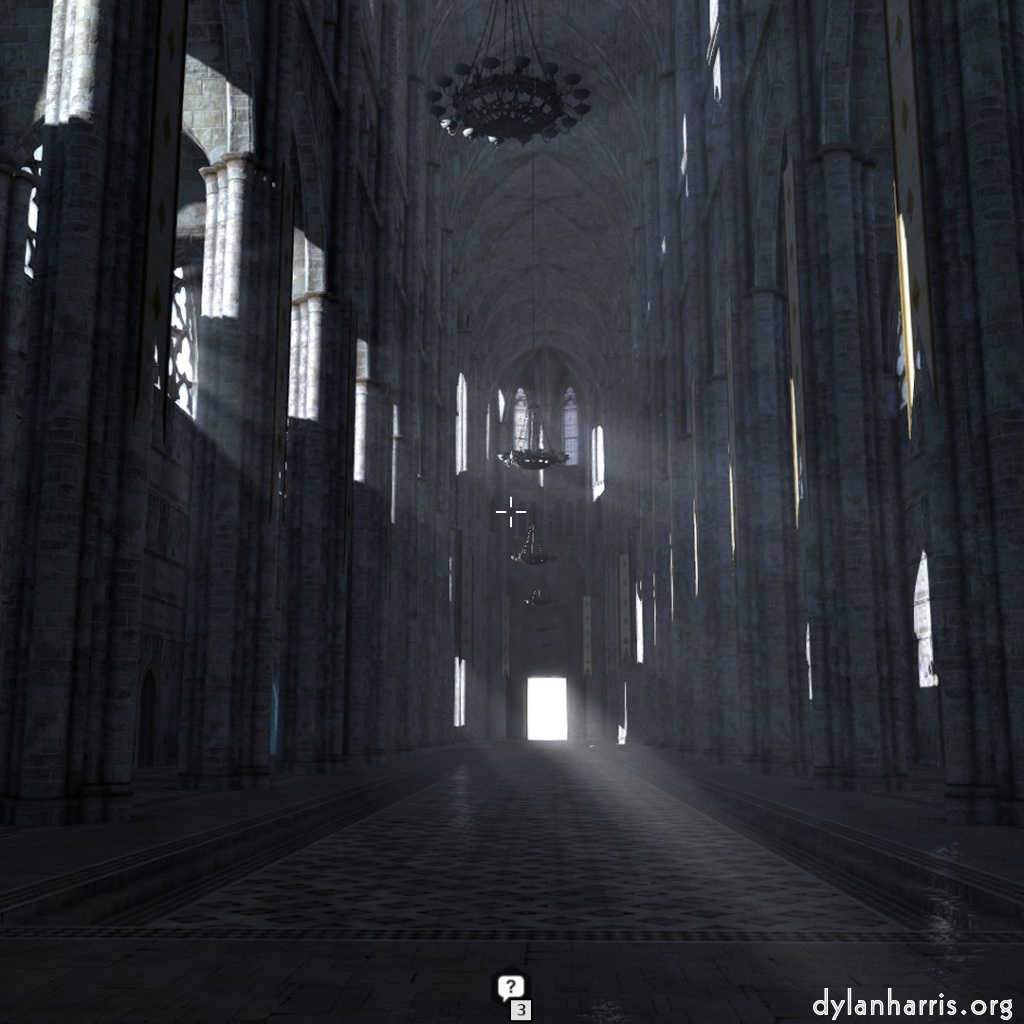
Integrated into the game, but not, as far as I can see, essential to the game play, are some computer terminals. These offer insight into the backstory, the minds and experiences of those who made this place, the odd selection and loss of information, but most of all they host a prescriptive philosophical debate between the player and a devil’s advocate arguing about the nature of reality, the nature of society, introducing philosophical insight into the game. Initially, these bored me, but as I started to grasp the backstory, they made a lot more sense and became essential to understanding what was going on—so much so that I got really irritated at one point where a question was asked, answers to select were offered, and all the offered answers were wrong. But limited multiple choice answers in a game debate is not just a weakness of the game format, indeed of current game technology, but it’s a weakness that arises from the contemporary lack of general artificial intelligence. I can’t blame the game designers for that, and anyway the weakness leads back into the theme of the game, so perhaps, in this rare case, it’s a strength.
The back story is slowly revealed by the gems amongst the nonsense in the terminals, and by stumbling across recordings made by Alexandra, the head honcho of the AI project. Humanity is extinct, killed by a virus released from under the ice melted by climate change. The last great project of the dying race was to set up a computer centre to create the AI to become the robots to replace the dead race.
I think this virus idea is total bollocks, but that’s irrelevant. In fiction, you accept the McGuffin, and see if the story works.
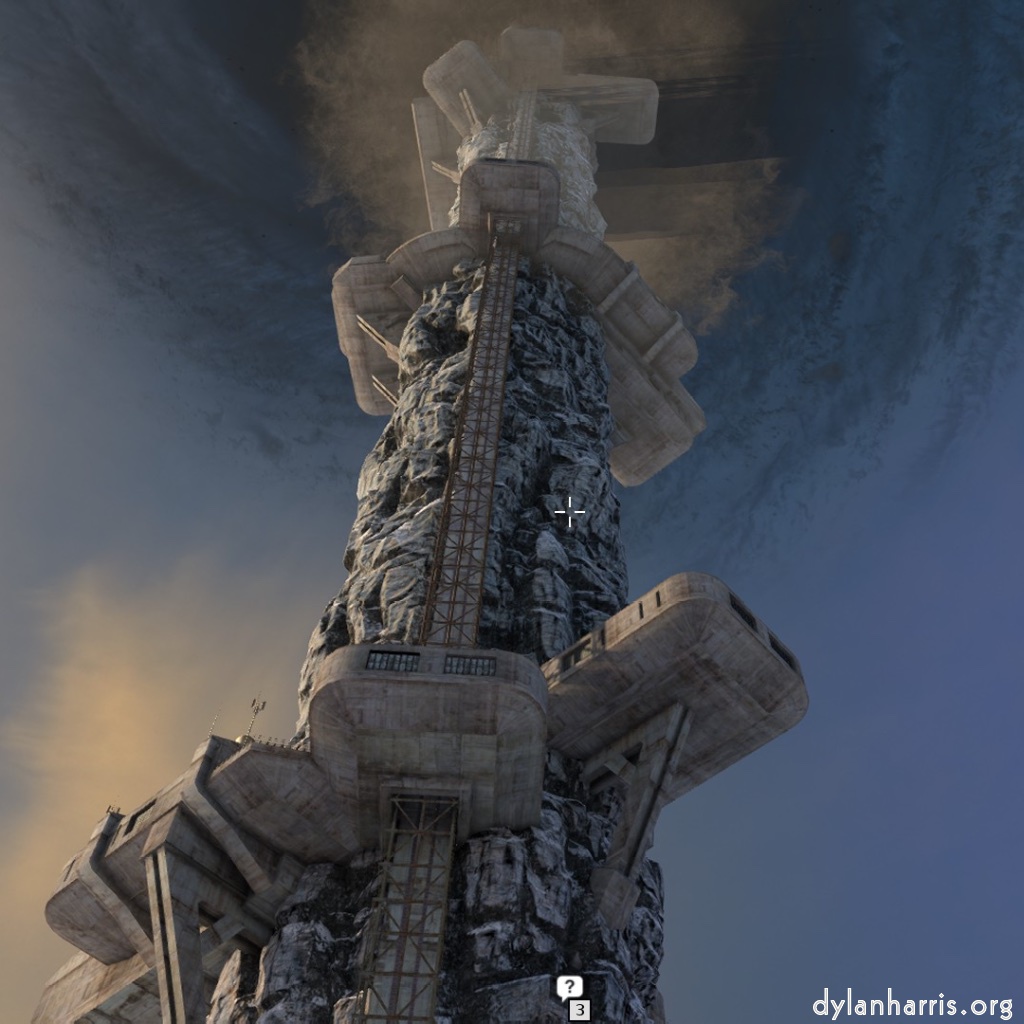
There are a lot of things right about this story, more than there should be. Modern AIs are indeed trained by giving them challenges, and the best are selected as the basis for the next generation of AIs until, eventually, one is chosen to be the product.
If we were going to train AIs to replace the human race, which is way beyond current technology, I would expect they would need practical problem solving (the puzzles) and to grasp the underlying difficulties of thought, society, and indeed existence (the philosophical training). So the backstory fully explains the game, at least in symbolic terms.
This is rather rare in games. In most cases, the backstory is some invented nonsense used as an excuse to blame for the gameplay, or just the marketing, if there’s any connection at all. Here, it ties in with the technology and the history of thought almost perfectly, and what quibbles there are can be explained away using symbolism.
Having said all this, the strength of this game is not so much the originality of the backstory—it isn’t—rather the way so many standard game elements are linked together so effectively, in story terms. Atmosphere is added by, for example, the little two paragraph cameos of people involved in the back story project, whether they decided to spend their last days with their dying families or giving their absolute everything to push the project forward, so dying alone.
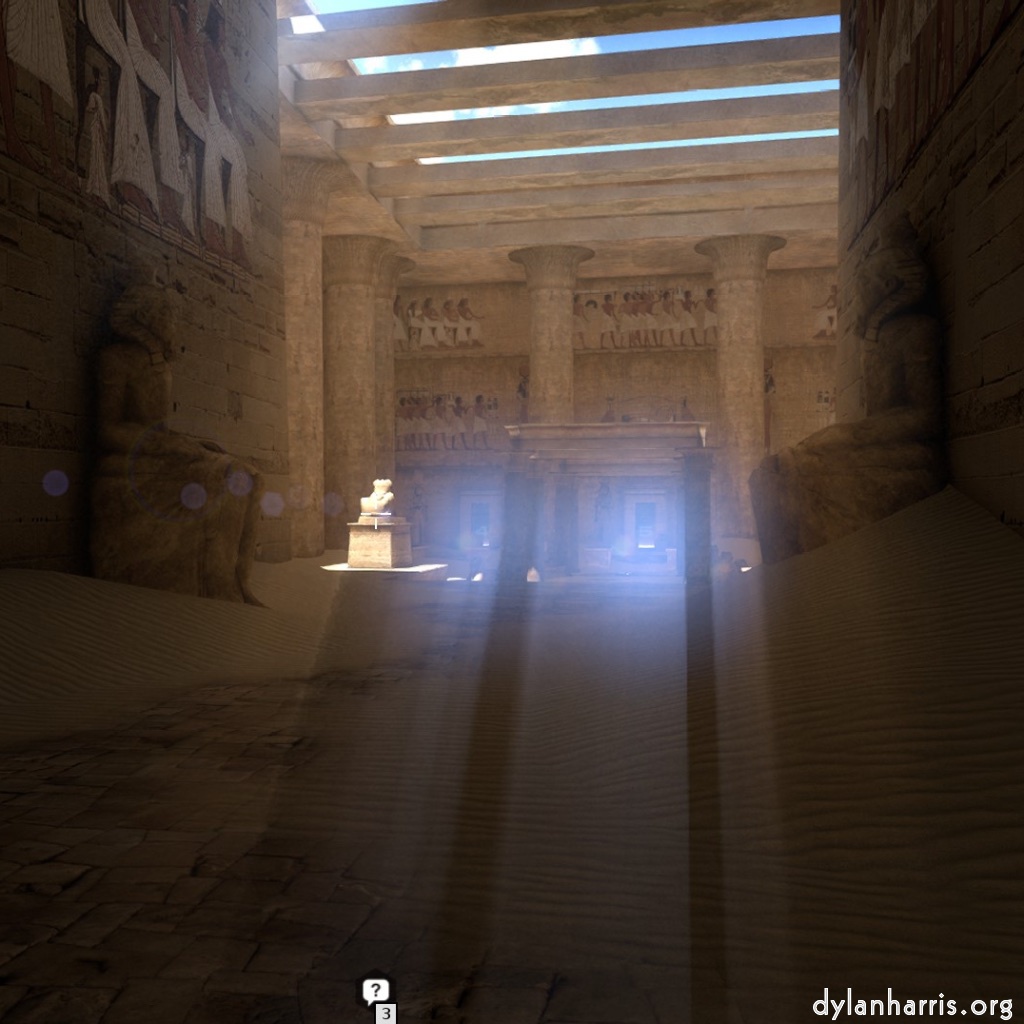
There are, indeed, classic game elements that, on first impression, appear wrong, but actually fit rather well, and I bet were included simply because such elements are always included. For example, you see early in the game that you are in a simulation because you see the classic video game cliché of a simulation, items in the world fuzzing suddenly. Of course, the designers can’t really add in genuine indications of simulation, getting wrong the things that are difficult for computers to present, because the game is played on a computer where things are difficult to present so will be wrong anyway. So, although I would personally have preferred the Ian M Banks solution (THIS IS A SIMULATION written in big letters at the bottom of the screen), the fuzzing is fine.
So you, robot, are the product of a mankind that lost its last existential crisis. You are humanity’s reboot, if you transcend. What will you do? Yup, there’s a follow up on the way.
Overall, very very good.
extension
I’ve reviewed the extension, the road to gehenna, separately.